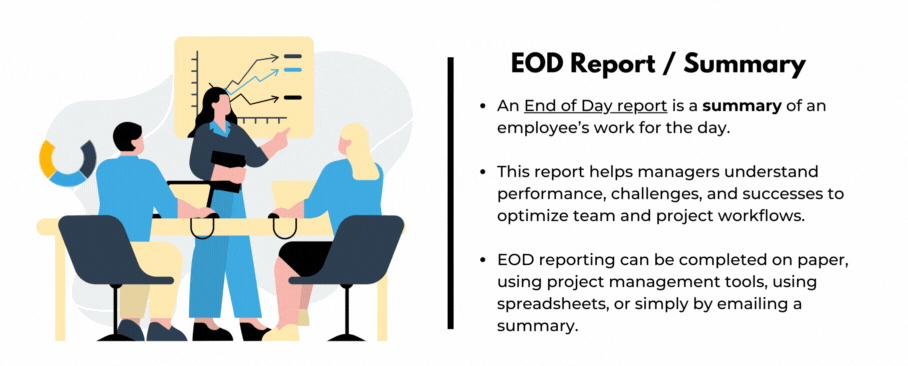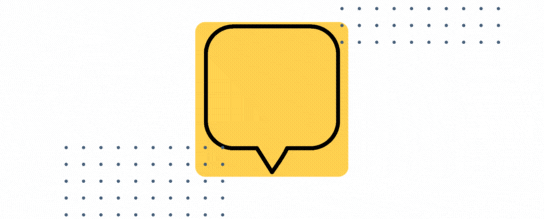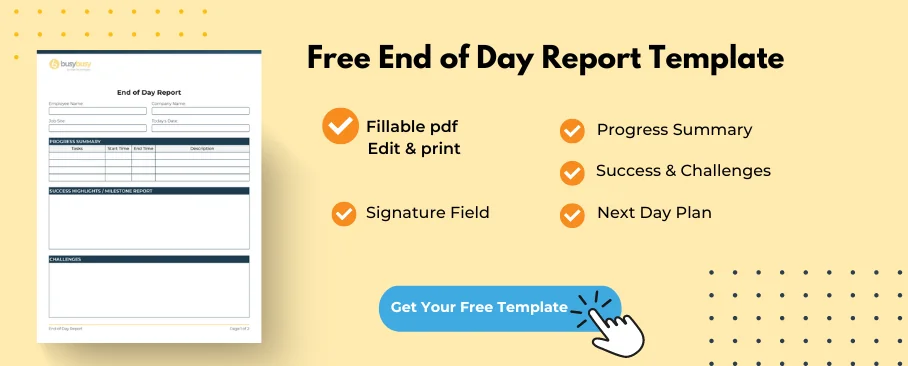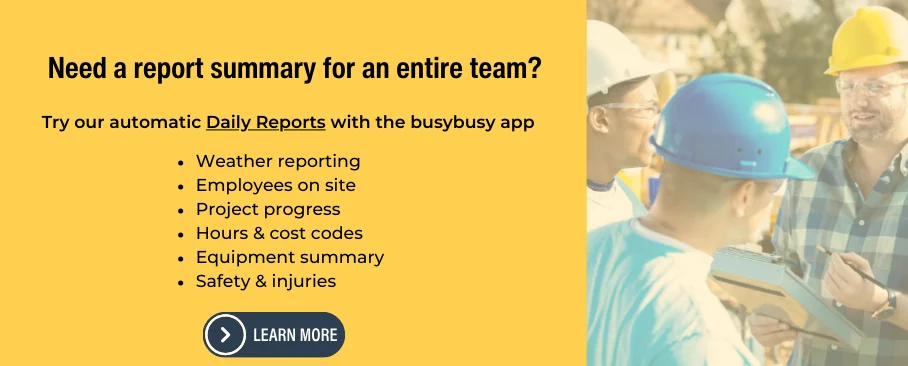
As a manager, staying on top of your team’s daily activities, challenges, and achievements is key to making informed decisions about projects and processes. One powerful tool that can help you maintain clarity and control is the End of Day (EOD) report. In this post, we’ll explore what this report is, why it’s essential for managers, and how you can effectively implement it in your team.
— Edit / Download / Print End of Day Report Template Here —
Understanding EOD Reports
An EOD report is a concise summary of an employee’s or team’s work for the day. It typically includes tasks completed, milestones reached, obstacles encountered, and plans for the following day. By providing a clear snapshot of daily activities, these reports enable managers to monitor progress, identify issues, and ensure alignment with broader goals.

The Purpose of EOD Reporting for Management
End of day reporting serves several crucial functions:
- Productivity Tracking: By reviewing daily accomplishments, managers can gauge individual and team productivity, identifying patterns and areas for improvement.
- Enhanced Communication: This report facilitates clear, consistent communication between team members and managers, ensuring everyone stays informed and aligned.
- Accountability: The act of reporting on daily activities encourages employees to take ownership of their work and remain focused on key objectives.
- Informed Decision-Making: With a clear understanding of daily challenges and successes, managers can make data-driven decisions to optimize team performance.
What to Include in an End of Day Report
- Tasks Completed: Summarize your accomplished tasks during the day. Be specific and highlight any significant milestones or achievements.
- Progress Towards Goals: An update on milestones reached and progress made on ongoing projects.
- Challenges Faced: Discuss any setbacks or issues you encountered. Explain how you addressed these challenges and what lessons were learned.
- Next Day’s Plan: Outline your priorities and goals for the following day. This helps stakeholders understand your focus and ensures everyone is aligned on the project’s trajectory.
- Metrics and Progress: Include relevant metrics or KPIs that demonstrate progress towards project goals. This could include data on tasks completed, hours worked, or resources utilized.
- Collaboration and Communication: Mention any important meetings, discussions, or collaborations that took place during the day. Highlight key decisions made or action items that emerged from these interactions.
Tools and Templates for EOD Reporting
Various tools can streamline the reporting process:
- Digital Tools: Project management and reporting platforms like Align, Asana, Trello, and Monday.com offer built-in reporting features.
- Spreadsheets: Simple Excel or Google Sheets templates can be effective reporting for smaller teams.
- Email: A structured email template can suffice for quick daily updates.
Choose a tool that aligns with your team’s needs and workflow for seamless adoption.
Tips for Enhancing Your EOD Report
To elevate your EOD reporting skills, consider the following tips:
- Be consistent: Establish a regular cadence for submitting these reports. Consistency builds trust and reliability among stakeholders.
- Use templates: Create a standardized template for your reports. This saves time and ensures all essential information is captured consistently.
- Leverage technology: Utilize project management tools or reporting software to streamline the reporting process. These tools can automate data collection and generate visually appealing reports.
- Seek feedback: Regularly seek feedback from management on the effectiveness and relevance of your reports. Use their input to improve your reporting approach continuously.
How is an End of Day Report Used? Real-World Examples

EOD reports are utilized across many industries to drive results. For example:
- Construction companies: Managers use this report for progress tracking on projects, resource management, safety observations, and more.
Marketing Agencies: Account managers use these reports to inform clients of campaign progress and performance. - Software Development: Team leads rely on EOD updates to monitor bug fixes, feature development, and project timelines.
- Sales Teams: Managers review it to track lead generation, conversion rates, and revenue growth.
The Future of Work with End of Day Reporting
In industries such as construction or contracting, tools like EOD reports are becoming essential for maintaining team cohesion and productivity. By providing a daily touchpoint, this report can help to bridge the gap between dispersed team members and ensure everyone remains aligned and accountable.
Implementing this reporting in your team can be a game-changer for productivity, communication, and decision-making. By choosing the right tools and establishing clear guidelines, you can use this report to drive your team’s success.













